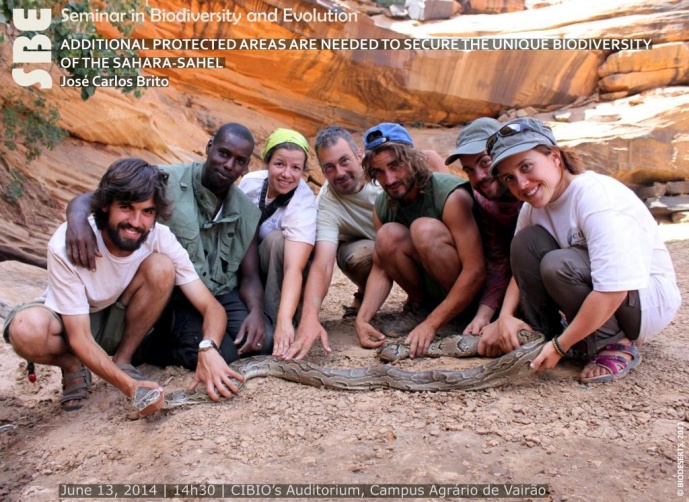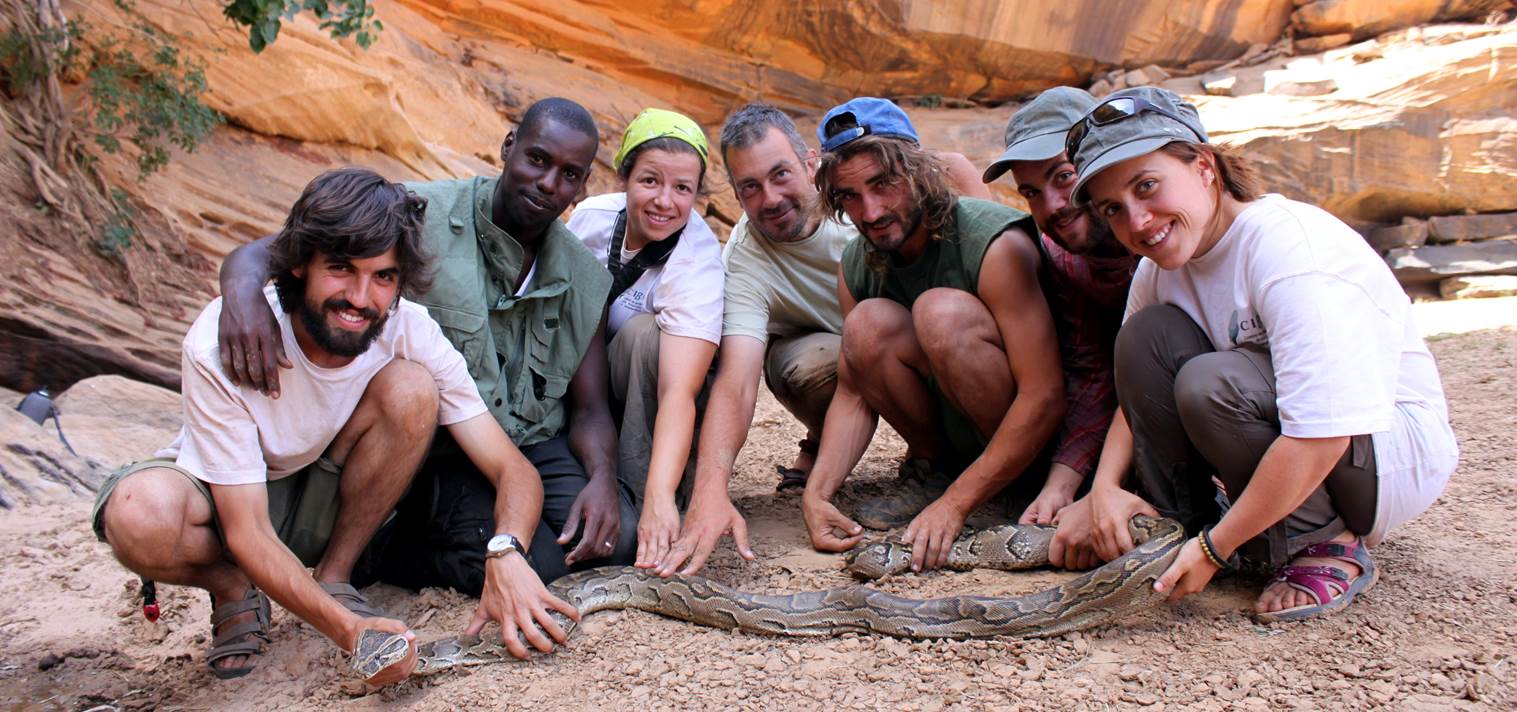ADDITIONAL PROTECTED AREAS ARE NEEDED TO SECURE THE UNIQUE BIODIVERSITY OF THE SAHARA-SAHEL


Identifying regions sharing similar environmental traits (ecoregions) and species assemblages (biogroups) is crucial for systematic conservation planning. The Sahara-Sahel exhibits a wide environmental heterogeneity and multiple species-groups with distinct biogeographical affinities that remain unmapped. Here, we use spatially explicit climatic data and the distribution of 1,147 Sahara-Sahel terrestrial vertebrates to identify ecoregions and biogroups, and to assess their representation within current protected areas. High species richness is found in marginal areas but the Central Sahara gathers most endemic and threatened species. Seven ecoregions and 10 biogroups are identified and wide-range biogroups tend to overlap in specific ecoregions. Extant protected areas are insufficient to represent biodiversity and six new top-priority conservation areas are identified. Although most priority areas are located outside areas of intense human activities, many cross multiple political borders and require international coordination efforts for implementation and management. This highlights the need to design conservation networks at regional scale.
José Carlos Brito is the PI of the BIODESERTS research group at CIBIO-InBIO. The group uses spatial and molecular analyses to derive integrative models of biodiversity distribution and evolution in order to identify conservation priorities in deserts and arid regions.
[Group Leader: José Carlos Brito, Biodiversity of Deserts and Arid Regions]
Image credits: BIODESERTS, 2011
